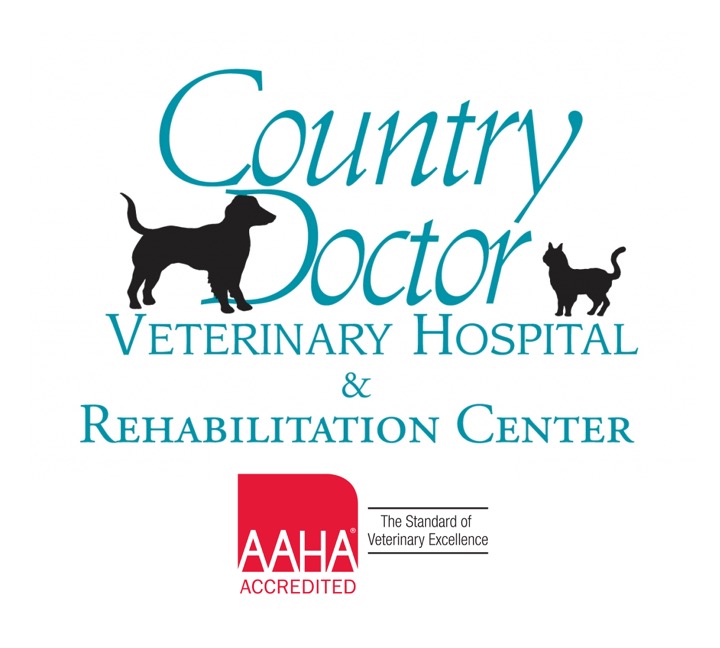Library
-
Struvite bladder stones are one of the most common bladder stones in cats. In some cats, struvite bladder stones form because of a urinary tract infection. Signs of bladder stones typically include frequent urination, straining to urinate, blood in the urine, and urinating outside of the litterbox. If your cat is having urinary issues, your veterinarian will first recommend a urinalysis. Blood tests, abdominal X-rays, and ultrasound may also be recommended. Medical dissolution and surgical removal are two categories of treatment. Cats who have developed struvite bladder stones are likely to experience a recurrence later in life, unless the conditions that led to the formation of stones can be corrected.
-
Struvite bladder stones are one of the more common bladder stones found in dogs. Struvite bladder stones usually form as a complication of a bladder infection caused by bacteria, and if the urine becomes exceptionally concentrated and acidic. The most common signs that a dog has bladder stones are blood in the urine (hematuria) and straining to urinate (dysuria). There are three primary treatment strategies for struvite bladder stones: 1) feeding a special diet to dissolve the stone(s), 2) non-surgical removal by urohydropropulsion (flushing out the stones) and 3) surgical removal. Dogs that have experienced struvite bladder stones will often be fed a therapeutic diet for life.
-
Home care after surgery mainly involves the restriction of physical activity. Excessive physical activity often leads to injury or serious complications. Monitor the incision daily for signs of redness, swelling, discharge, or excessive licking, and never apply anything to the incision unless instructed to do so. To keep your cat from licking, your veterinarian can provide you with a protective collar or recovery suit. Your cat should gradually improve each day.
-
Home care after surgery mainly involves the restriction of physical activity. Excessive physical activity often leads to injury or serious complications. Monitor the incision daily for signs of redness, swelling, discharge, or excessive licking, and never apply anything to the incision unless instructed to do so. To keep your dog from licking, your veterinarian can provide you with a protective collar or recovery suit. Your dog should gradually improve each day.
-
Pain management strategies are designed to meet the needs of the individual cat before, during, and after surgery. Your veterinarian will begin managing your cat's pain before the procedure starts by giving preemptive pain medication. During surgery, strategies such as local freezing, continuous rate infusions, and anesthetic blocks may be used. After surgery, pain relief continues, with at-home medication and possibly physical medicine modalities.
-
Each surgical patient is unique, so pain management strategies are fine-tuned to meet the needs of the individual cat before, during, and after surgery. Your veterinarian will begin managing your cat's pain before the procedure starts by giving preemptive pain medication. During surgery, strategies such as local freezing, continuous rate infusions, and anesthetic blocks may be used. After surgery, pain relief continues, with at-home medication and possibly physical medicine modalities.
-
The main objectives of fracture repair are to promote rapid healing of the fracture and to get the cat using its leg as quickly as possible. In most cases, this involves rebuilding the broken bone and fixing it in that position with metallic implants. Post-operative care includes pain medications, antibiotics, adequate nutrition, exercise restriction, and physiotherapy. Most fractures can be repaired very effectively and in many cases, your cat will resume normal activity.
-
The main objectives of fracture repair are to promote rapid healing of the fracture and to get the dog using its leg as quickly as possible. In most cases, this involves rebuilding the broken bone and fixing it in that position with metallic implants. Post-operative care includes pain medications, antibiotics, adequate nutrition, exercise restriction, and physiotherapy. Most fractures can be repaired very effectively and in many cases, your dog will resume normal activity.
-
Total ear canal ablation and bulla osteotomy (TECA-BO) is a surgery performed to remove the ear canal and a portion of the middle ear. This surgery is performed in cases where the pet is suffering from chronic and unresponsive ear infections. The surgical technique, reasons for performing the procedure, the diagnostic steps, and potential post-op complications are outlined in this handout.
-
The hip joint is a ball and socket joint. The ball is at the top of the thigh bone (femur), and the socket (acetabulum) is in the pelvis. Total hip replacement surgery removes and replaces both the ball and socket with prostheses (artificial body parts). Before a total hip replacement, the dog usually has a thorough examination and a blood screening to prepare for general anesthesia. Post-surgery, the dog will spend 3 to 5 days in hospital. Approximately 90-95% of dogs with a total hip replacement do very well and have excellent post-surgical function.

